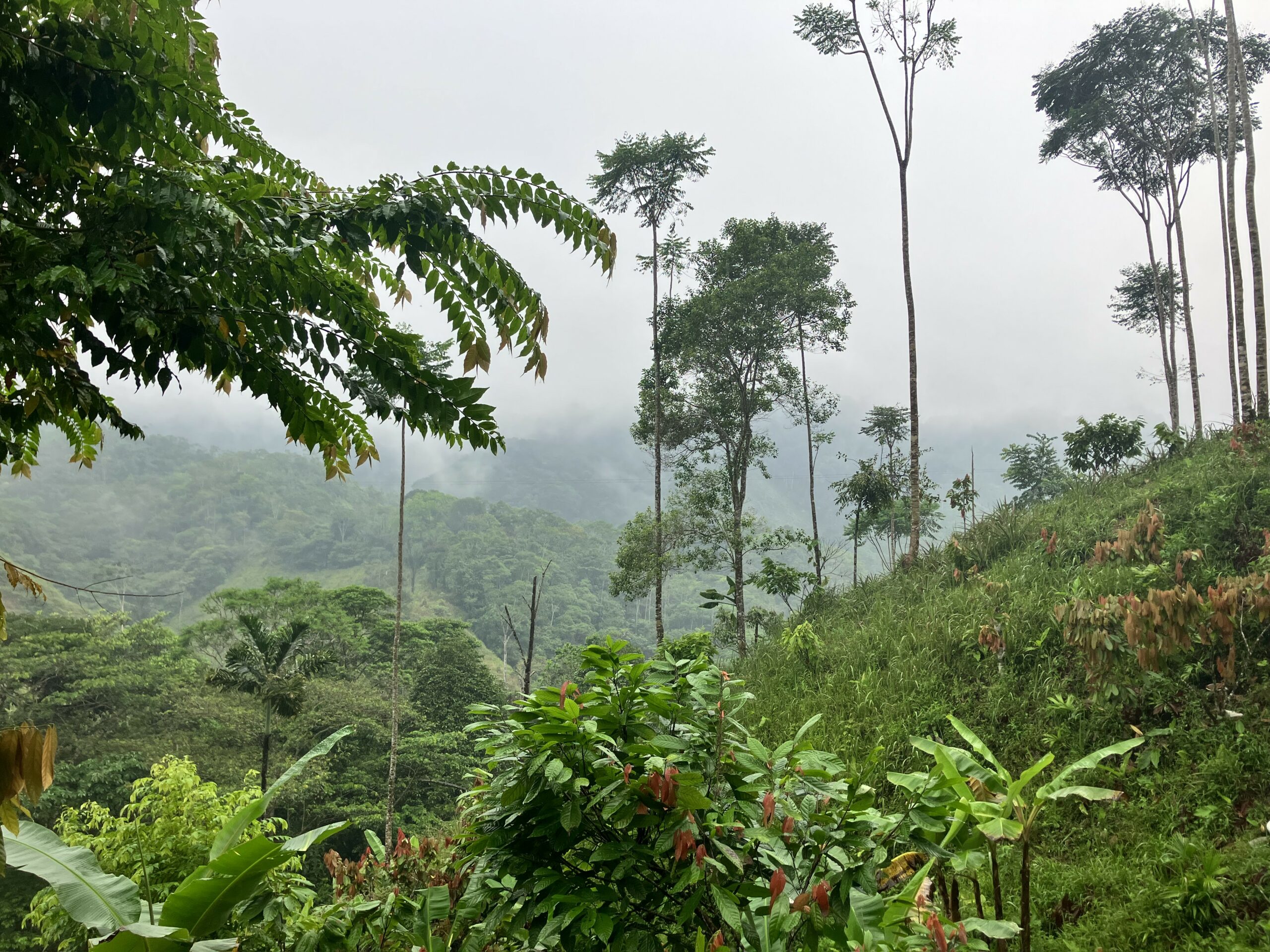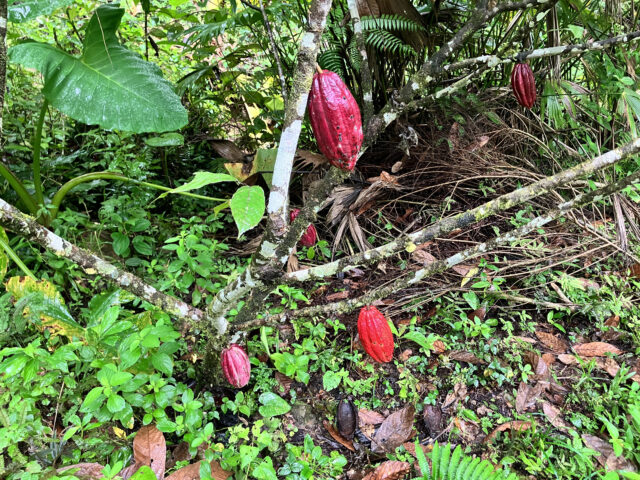
By Ma. Eliza J. Villarino
Dr. Augusto Castro-Nunez, leader of the Mitigate+ scaling work package, chats with me about the essence of low-emission food systems and the importance of context to ensure existing tools can facilitate transforming food systems into net zero systems.
How should we think about low-emission food systems?
When we think about food systems, we think about how we produce, process, consume and dispose of food and the actors and the factors that affect that. So a low-emission food system is a system that produces enough food for all but generates low emissions; what we mean by low emission is close to or net zero emissions because it is hard to produce food without any emission.
In the Global South, most of the emissions come from the land use, land use change and forestry sector, then probably to reach net zero emission in the food system is to also consider emissions in the LULUCF. Reducing deforestation linked with food consumption, for instance, could be a way to achieve net zero emissions. Sustainable forest management is another way to achieve low-emission food systems. Restoration of land for food production or restoration of forests is another way to achieve net zero in the food systems.
Do we have all the tools we need to achieve low-emission food systems?
We have a bunch of instruments, tools and knowledge that can lead us to low-emission food systems. My understanding is sometimes we don’t necessarily combine these tools in a way that leads us to low emissions, but they exist. That’s because we don’t necessarily have full understanding of the context in which solutions will be implemented and scaled. Most of our understanding of the context is usually at a very high level, such as at the global or national level, or very low, like at the farm level. We need to improve our understanding at different scales.
Would you provide an example of how context matters in implementing tools toward low-emission food systems?
For example, in Colombia, we have a tool for scaling agroforestry systems, so it would facilitate reducing emissions in agroforestry systems. The tool is payment for ecosystem services. But that instrument targets a specific way of doing agroforestry, which is high-intensive. High intensity is defined by the density of the system, that is, by the number of trees, which makes a lot of sense from conservation or environmental perspectives.
In addition, when we think of silvopastoral systems, for instance, applying all the tools required to access payment for ecosystem services would mean putting all these tools in practice in a small place. This would make the system very complex and expensive to adopt. So the chance for scaling would be reduced. Instead, a better option would be to make it less intensive. But this would be in the context of Colombia given the existence of regulations on payment for ecosystem services.
Ma. Eliza J. Villarino and Dr. Augusto Castro-Nunez will host a side event at the Food and Agriculture Pavilion via at COP 27 on low-emission food systems in conflict-settings on 17 November 2022, 5:30 p.m. to 6:30 p.m. Egypt time. Check the live stream via https://cop27foodpavilion.cgiar.org/.
See more information on Mitigate+ here.
Photo credit: A cocoa agroforest inside the Amazon rainforest in Caqueta / Ma. Eliza J. Villarino / IKI-SLUS Project / Alliance of Bioversity-CIAT



